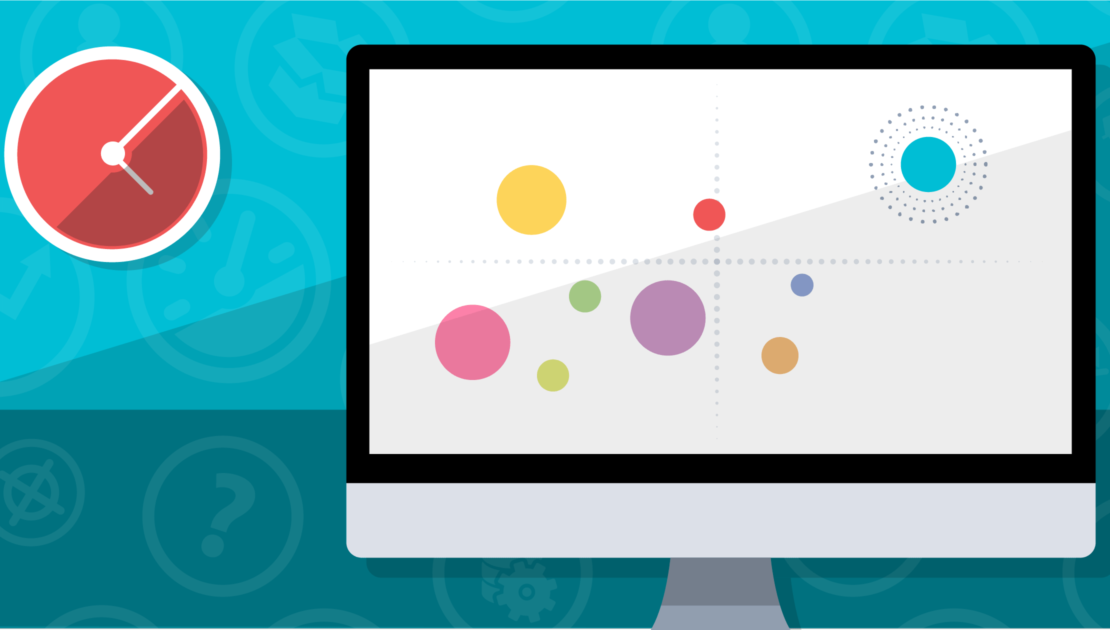Late British economist and author Ronald Harry Coase quoted “If you torture the data long enough, it will confess to anything”.
- August 25, 2020
- Proximous
- No Comments

Data Analysis – Are You Doing It Correctly?
Today lack of data is not a problem rather taking a correct decision with too much data is a problem. Performing data analysis correctly has become a must so that it becomes easier to manage such an overwhelming volume of data correctly with a clear decision.
Acquiring data analytics skills in not an overnight job, but it’s an ongoing process. Identifying your mistakes and gradually changing your approach can lead you to more appropriate and sound practices.
In this blog, I have attempted to identify some of the most common mistakes which should be taken care off to improve your data analysis skills.
Always keep in mind that data analysis may not provide the necessary risk assessment that your business requires if any of the five factors that are consistency, completeness, accuracy, relevance and timeliness are absent.
Correctly Define Your Questions
Data analysis requires correct questions to be asked. Always check whether your questions are clear, concise and measurable. Questions designed should either qualify or disqualify potential answers to the specific problem.
Set Appropriate Measurement Priorities
It is necessary to understand what should be measured and how to measure it. Always check what kind of data is required to answer your questions. Data should suffice your questions and should not be vague. Also, make sure that you include reasonable objections which can hinder your answers and then move on.
Measuring your data is also equally important, and it should be done before collection of data is completed. Measuring data either supports or questions your analysis in later stages.
- Always set your time frame,
- Know your measurement unit
- Decide factors to be included while measuring the data.
Data Collection
Before starting a collection of new data, analyze well that what all information you can get from existing data sources and collect them first.
As you begin collection of data now, make sure to organize the same properly and take a note of all important points. Prepare a log of all the collected data with a time stamp.
Keep ready a file for naming and storing the data, this should be centrally placed for all team members to work. This would prevent duplicity of data and save time.
Do Not Focus On Limited Variables or On All Variables
Studying only one variable or example can make your conclusions go wrong or off the mark. Judging everything based on 1 or 2 key metrics, will not give you a complete picture of the situation. Also focusing on each and every variable or metrics collected would be a bad idea. Hence for appropriate data analysis, it is essential to have a perfect view of your requirements.
Don’t Fall Prey to Confirmation Bias
This is when data scientists prefer to use limited data to prove a hypothesis which they feel is correct and ignore other data sets which fail to align their hypothesis. Make sure that every time you prioritize your objective and challenge your assumptions
Analyze Data
Once you have reached this step, it’s time for deeper data analysis. Avoid the consequences of statistical data analysis, when you manipulate data. Analyzing trends, variations, correlations and outliers would help you to focus more on your data analysis and thereby answering all your questions and objections.
Different software and data analysis tools are of great help at this point. Always stay up-to-date with recent data analysis news in your field, latest trends and new learnings in the day to day life of data science.
Data Interpretation
As you begin interpreting results achieved, always look for the following answers
- Does the data, justify your original question? If yes how?
- Does it allow (data) defending any objections?
- Are there any limitations to your conclusions or any aspects which you have not considered?
If your interpretation successfully answers all the above questions, it means you would come to a productive inference. You can now use the results of the data analysis and move on with the best course of action.
Although by reading the above post you cannot become a better data analyst in a fraction of a second. But improving and polishing your data analysis skills with time and making changes to your approach can lead to more sound practices.
Well, the taste of the pudding is in eating — Happy Reading!!


